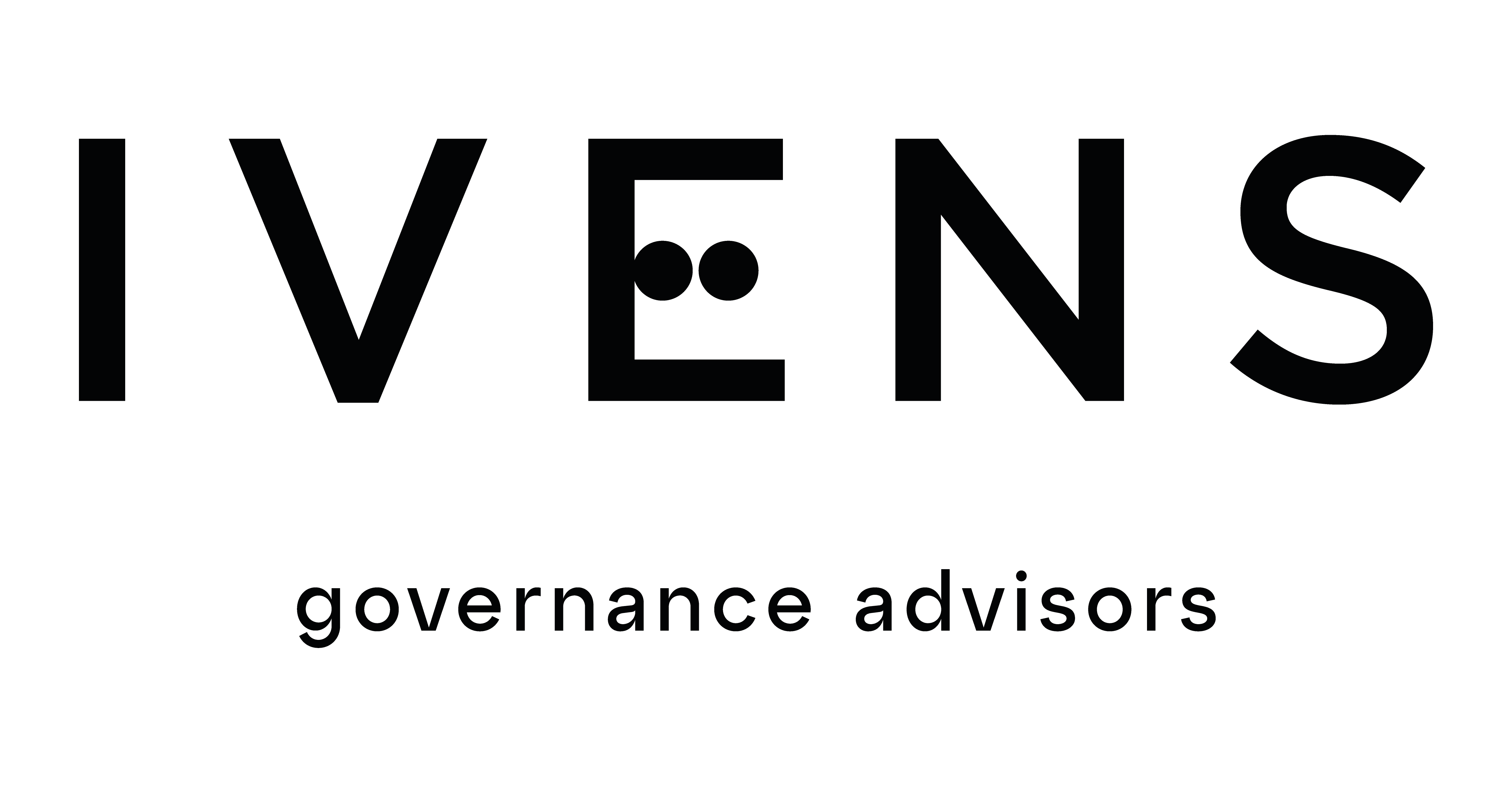The Strategic Role of the Chair
For Boards of Directors to navigate volatile and challenging times, it is essential to have a Chair who takes strategic steps to ensure the Board remains an effective body for decision-making, oversight, and value creation — driving the organisation’s long-term sustainable growth.
1. Clarity of Roles and Responsibilities
This is the foundation of an effective Board. A good Chair clearly understands their role in helping the Board create value and in ensuring the proper separation of responsibilities between the Chair and the CEO.
They must also ensure that each Director understands both their individual and collective contribution, and that there is a clear boundary between the Board’s responsibilities and those of executive management. Any ambiguity in this distinction undermines decision-making effectiveness.
2. A Strong, Constructive Relationship with the CEO
The relationship between the Chair and the CEO is the most critical within the governance system. The Chair leads the Board, the CEO leads the business.
For this relationship to be truly valuable, it must be built on mutual trust, respect, openness, and honesty.
An attentive Chair reflects continuously on this relationship, adjusting it when needed to ensure it remains a strategic asset to the organisation.
3. Strategic Composition of the Board
It is the Chair’s responsibility to assess whether the current Board composition is suited to face present and future challenges. This includes analysing diversity in gender, ethnicity, technical skills, professional experience, personality, and networks of influence.
Well-structured diversity enhances broader perspectives and leads to more robust decisions — particularly on critical topics like sustainability, technology, innovation, and digital transformation.
4. Agility and Adaptability of the Board
In high-uncertainty contexts, the Chair must foster a culture of agility and continuous adaptation.
What worked during the COVID-19 crisis may no longer be effective today. The Chair must ensure the Board is able to adjust its focus, processes, and priorities with speed and resilience.
5. Focus on Long-Term Strategy
An effective Chair keeps the Board focused on the future: how the organisation can fulfil its mission in a volatile environment — exploring new opportunities, mitigating risks, and anticipating tensions and obstacles.
Strategy must be central to the Board’s work — not treated as an annual exercise, but as a continuous, integrated responsibility.
6. Challenging Assumptions
Many decisions rely on untested assumptions, which can expose the organisation to risk. The Chair must ensure that these assumptions are challenged — particularly in balancing risk, return, and purpose — so that decisions are grounded in sound information and critical thinking.
7. Emotional Intelligence and Psychological Safety
In complex and often virtual environments, the Chair’s leadership style must evolve from command to facilitation.
It is essential to create a psychologically safe space where bad news can be shared without fear, where Directors feel comfortable asking difficult questions, and where not having all the answers is acceptable.
Empathy, active listening, and self-awareness become critical competencies.
8. Effective Use of Technology
With the digitisation of meetings and processes, the Chair must be proficient in using technological tools to enable inclusive, secure, and productive interactions.
Technology should be an ally for efficiency — never a barrier to participation.
9. Evaluation of Board and CEO Performance
During periods of crisis, some organisations suspend performance evaluations. The Chair must resume and institutionalise these processes, ensuring structured annual reviews with feedback and accountability mechanisms.
360º evaluations of the Board, the CEO, and the Chair contribute to leadership development and the organisation’s long-term readiness.
10. Succession Planning
Leadership continuity is critical. The Chair must lead the succession planning for the CEO, for themselves, and for other Board members.
This should include both planned exits (e.g. retirement) and unforeseen departures (e.g. illness, underperformance), with annual reviews to ensure the organisation is prepared for any eventuality.
11. Onboarding of New Directors
The onboarding of new Board members should be led by the Chair in a structured and extended way, ideally over 18 to 24 months.
This should include training in governance, engagement with key stakeholders, site visits, and mentoring systems.
Relying solely on document review compromises integration and effectiveness.
12. Understanding the External Context
A good Chair stays informed about geopolitical, economic, social, and environmental trends that impact the sector and markets in which the organisation operates.
This external awareness enables the Board to act more strategically and proactively — connecting the organisation’s internal reality with its broader ecosystem.
13. Independence and Impartiality
Beyond formal authority, the Chair must be seen as a respected, impartial moral leader.
They must avoid protagonism, remain neutral in debates, and ensure that all voices around the Board table are heard fairly.
An effective Chair leads by example and through ethics — not through power.
Key Behaviours of an Effective Chair
Here are some behaviours that reinforce the Chair’s positive impact:
- Guide and support Directors, encouraging continuous development;
- Prioritise collaboration and teamwork;
- Carefully prepare meeting agendas and materials;
- Value the work of committees, where much of the Board’s technical analysis takes place;
- Remain impartial — even in polarised discussions;
- Evaluate Board effectiveness based on input quality and process rigour, not only on outcomes;
- Avoid being perceived — or acting — as the “CEO’s boss”.
The Chair does not lead the organisation — the Chair leads the Board.
They must act as a facilitator of strategic discussion, encourage diversity of thought, promote accountability, and ensure the Board remains a key asset for decision-making and oversight, even in uncertain times.


